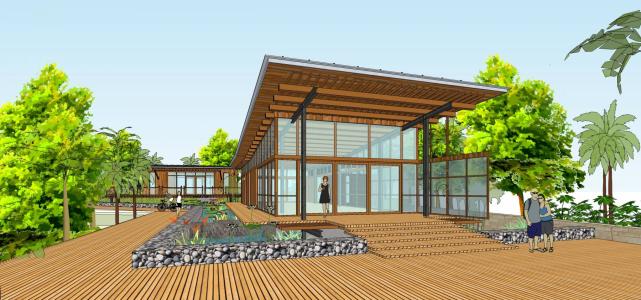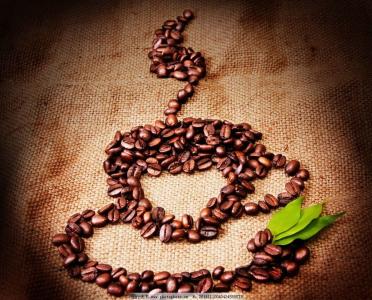Introduction to the grinding scale of the characteristic treatment of gardening geisha coffee beans in Candlestick, Costa Rica
Introduction to the grinding scale of the characteristic treatment of gardening geisha coffee beans in Candlestick, Costa Rica
Costa Rica was transplanted to Panama in the 1960s and then survived nearly half a century before it became a blockbuster, defeating the victorious armies such as Bourbon, Kaddura, Kaduai, Tibica and so on. It won the first prize of the Panamanian National Bean Cup Test Competition in 2005, 2006 and 2007. In 2007, the International famous Bean Cup Test sponsored by the American Fine Coffee Association (SCAA) won the championship again, and the bidding price was sold at US $130 per pound, setting a record for the highest price in the history of competition beans. It is reported that the later Panamanian national treasure bean competition will be divided into two groups: Rose Summer and non-Rose Summer, so as not to be robbed of the brilliance of other varieties by Rose Summer. Rosa is a member of the Tibika family, but it became famous more than 70 years after leaving Ethiopia, and fulfilled the saying that Ethiopia is a treasure trove of Arabica genes. Giving a variety to go abroad is enough to stir up trouble in the coffee market.
All the coffee trees planted in Costa Rica are Arabica coffee trees. through improvement, the quality of coffee beans is better and more stable. in order to facilitate picking, coffee trees are kept at a height of about 2 meters through continuous pruning. The coffee that people eat is the taste of the seeds in the fruit that are brewed in water. After picking raw coffee beans, the seeds (that is, coffee beans) can be roasted only by peeling, pulp, seed film and sun exposure. Part of the process can be replaced by machines, and the speed of coffee production increases a lot. However, there is no machine to do coffee picking, so you must use manual labor.

Important Notice :
前街咖啡 FrontStreet Coffee has moved to new addredd:
FrontStreet Coffee Address: 315,Donghua East Road,GuangZhou
Tel:020 38364473
- Prev

Brief introduction of grinding scale treatment method for describing the taste and flavor of Danqi Meng Coffee
Description of taste and flavor of Danqi Dream Coffee A brief introduction to Grinding scale treatment Coffee producing area in Indonesia is mainly limited to Java, Sumatra and Sulawesi. The original species of Robusta accounts for 90% of its coffee production. A small amount of Arabica native coffee beans produced on the island of Java are sour coffee beans with small particles. The original species of Arabicam on this island was once a world.
- Next

A brief introduction to the flavor description of the international price brand of West Java coffee beans in Indonesia
A brief introduction to the flavor description of the international price brand of West Java coffee beans in Indonesia Gold Manning, the Japanese adopted more stringent quality control more than a decade ago, and after four manual picking of beans, the defective beans were removed to produce a dark green color. The uniform appearance of gold mantenin has created another wave of market demand, and even Europe and the United States are crazy about the processing process and Sumatran characteristics. I describe it so carefully.
Related
- Detailed explanation of Jadeite planting Land in Panamanian Jadeite Manor introduction to the grading system of Jadeite competitive bidding, Red bid, Green bid and Rose Summer
- Story of Coffee planting in Brenka region of Costa Rica Stonehenge Manor anaerobic heavy honey treatment of flavor mouth
- What's on the barrel of Blue Mountain Coffee beans?
- Can American coffee also pull flowers? How to use hot American style to pull out a good-looking pattern?
- Can you make a cold extract with coffee beans? What is the right proportion for cold-extracted coffee formula?
- Indonesian PWN Gold Mandrine Coffee Origin Features Flavor How to Chong? Mandolin coffee is American.
- A brief introduction to the flavor characteristics of Brazilian yellow bourbon coffee beans
- What is the effect of different water quality on the flavor of cold-extracted coffee? What kind of water is best for brewing coffee?
- Why do you think of Rose Summer whenever you mention Panamanian coffee?
- Introduction to the characteristics of authentic blue mountain coffee bean producing areas? What is the CIB Coffee Authority in Jamaica?

